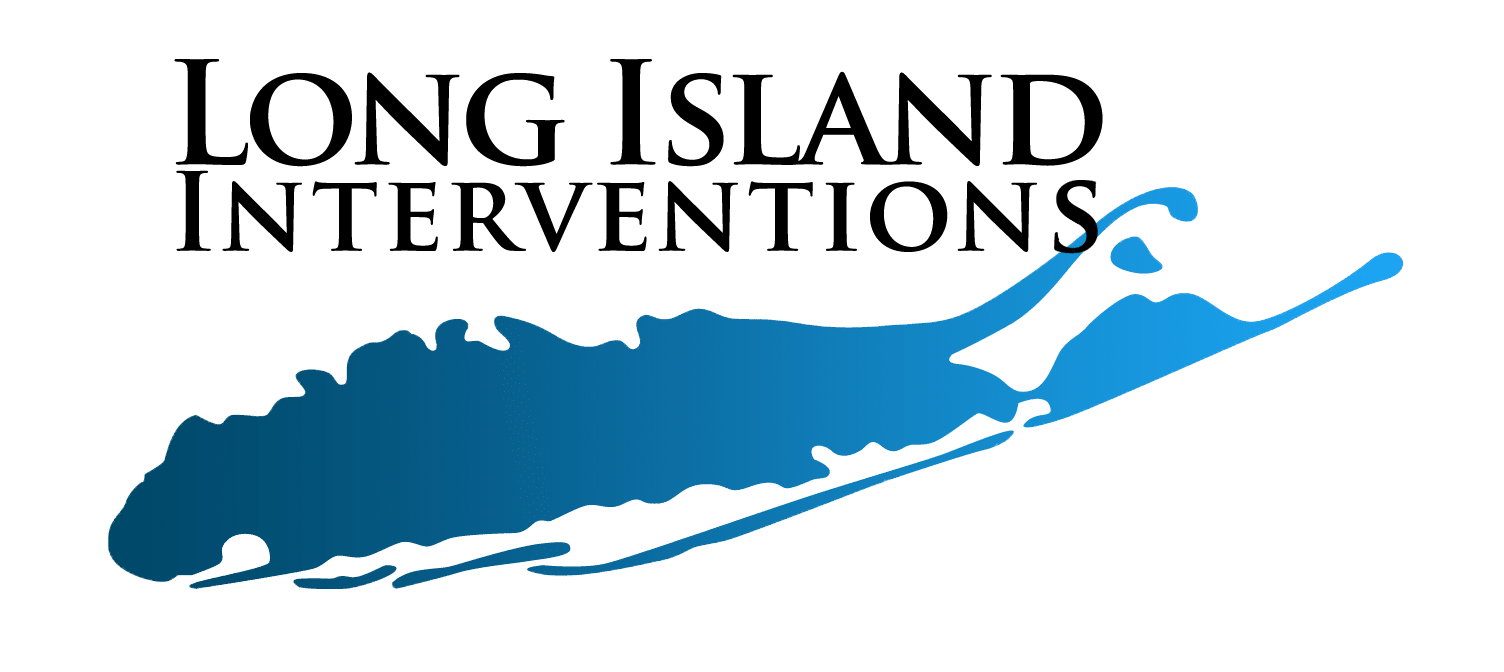The short answer is no. It’s not safe to stop drinking alcohol cold turkey. Some people have done it before, but it’s never recommended because of its mental and physical ramifications.
If anything, some people can’t be allowed to quit drinking cold turkey because their conditions would pose an even greater risk than usual.
If you’re interested in knowing the long answer, this guide is for you.
Table of Contents
How Does Alcohol Use Disorder Happen?
It’s easy to mistake alcohol addiction for being a mental disorder, thinking that the struggling individuals are mentally addicted to drinking and simply can’t stop.
While this is partially true, judging a person struggling with alcohol dependence based on cravings alone is a common mistake, since addiction has both a mental and physical aspect to it.
The Physical Addiction
Here’s the physical aspect of the process at a glance:

Brain Chemistry Alterations
Alcohol addiction begins with fundamental changes to brain chemistry. When consumed, alcohol affects several key neurotransmitters, particularly GABA (gamma-aminobutyric acid) and glutamate.
Alcohol enhances GABA activity, which is inhibitory, while simultaneously inhibiting glutamate, which is excitatory. This creates the relaxed, sedated feeling associated with drinking.
Additionally, alcohol triggers dopamine release in the brain’s reward center, producing pleasurable feelings that reinforce drinking behavior.
In other words, the simple act of drinking makes you feel relaxed and rewarded.
Tolerance Development
As alcohol consumption continues regularly, the body adapts to its presence through a process called tolerance. The brain attempts to maintain homeostasis (balance) by decreasing GABA receptor sensitivity and increasing glutamate activity to counteract alcohol’s effects.
This neuroadaptation means that over time, the same amount of alcohol produces diminished effects, compelling the individual to drink larger quantities to achieve the desired sensation.
You can tell how this escalating consumption pattern significantly increases the risk of developing dependence and addiction.
Physical Dependence and Alcohol Withdrawal Syndrome
Physical dependence represents the stage where the body has adapted so thoroughly to alcohol’s presence that functioning without it becomes difficult or impossible.
When alcohol is no longer present, the brain’s compensatory mechanisms (the reduced GABA sensitivity and increased glutamate activity) suddenly create a state of hyperexcitability.
It doesn’t take long after the last drink for this imbalance to quickly manifest as withdrawal symptoms. They can range from uncomfortable to life-threatening, including tremors, sweating, increased heart rate, high blood pressure, and potentially seizures.
The Mental Addiction
The mental aspect makes it even harder:

Psychological Dependence
While physical addiction involves bodily adaptations, psychological dependence centers on emotional and mental reliance on alcohol. This shows as annoyingly powerful cravings and an increasing preoccupation with obtaining and consuming alcohol.
Many individuals begin using alcohol to enhance positive emotions or escape negative ones.
Over time, the brain forms strong associations between alcohol and emotional relief, creating automatic thought patterns that trigger cravings in response to certain situations, emotions, or environmental cues.
You can be doing a good job going through your day without cravings, and suddenly get a huge urge to drink because you heard bad news. Your brain has already linked “feeling good” with drinking, so the cravings start as soon as your emotional condition drops.
The Addiction Cycle
Alcohol addiction has a repeating cycle that we can divide into three distinct stages.
The first involves binge/intoxication and is characterized by the pursuit of reward through drinking.
The second involves withdrawal/negative affect, where the absence of alcohol creates negative emotional states that drive continued drinking for relief.
The final stage involves preoccupation/anticipation, where compromised executive function leads to obsessive thinking about alcohol and impaired decision-making, which eventually leads back to drinking to start the whole thing all over again.
As this cycle repeats, progressive changes occur in brain structure and function, driving the transition from controlled use to chronic, compulsive misuse.
Emotional Regulation Breakdown
Many individuals initially turn to alcohol as a coping mechanism for stress, anxiety, depression, or trauma.
While alcohol might temporarily relieve emotional discomfort, research demonstrates that this approach ultimately enhances negative emotional states between drinking episodes.
Normal stress-management skills and emotional regulation capabilities may deteriorate, leaving alcohol as the perceived only viable option for emotional relief.
This dependence becomes self-reinforcing as alcohol use creates additional problems that generate more stress, which the person then attempts to manage with more drinking.
Dangers of Quitting Alcohol Cold Turkey
With everything we’ve mentioned so far, one would want to put an end to it and pull the plug on alcohol once and for all. Here’s why doing so abruptly is a bad idea:

Severe Withdrawal Syndrome
Suddenly stopping alcohol consumption after developing dependence triggers a cascade of withdrawal symptoms as the body attempts to reestablish equilibrium.
Early withdrawal symptoms typically begin within 6-24 hours after the last drink and include anxiety, insomnia, nausea, abdominal discomfort, and increased heart rate.
As withdrawal progresses, symptoms can intensify significantly to include tremors, excessive sweating, and profound confusion.
Without medical supervision, these symptoms can become overwhelming, often driving individuals back to drinking simply to find relief.
Life-Threatening Complications
While withdrawal itself is uncomfortable, certain complications can be fatal when attempting to quit alcohol without medical supervision.
Seizures may occur 24-48 hours after the last drink and can happen without warning. The most dangerous withdrawal complication is delirium tremens (DTs), which typically develops 48-72 hours after drinking stops in approximately 5% of individuals with alcohol dependence.
DTs is characterized by severe confusion, hallucinations, high fever, and autonomic instability.
Other potentially fatal complications include cardiac arrhythmias and gastric bleeding, particularly in individuals with pre-existing conditions.
Individual Risk Factors
Several factors increase the likelihood of experiencing severe or complicated withdrawal when attempting to quit alcohol cold turkey.
The duration and intensity of alcohol dependence significantly impact withdrawal severity. Those who’ve been heavy drinkers for years face greater risks than those with shorter-term dependence.
Medical history also plays a role in determining risk, particularly for individuals with previous episodes of alcohol withdrawal, cardiovascular disease, or liver disease.
Additional risk factors include older age, poor nutritional status, the presence of infections, and concurrent use of other substances.
Medical professionals use the Clinical Institute Withdrawal Assessment for Alcohol (CIWA) scale to assess these risk factors and determine appropriate interventions during detoxification.
Psychological Distress and Relapse Risk
Beyond physical dangers, quitting alcohol cold turkey produces significant psychological distress that can be equally hazardous.
Acute alcohol withdrawal often triggers intense anxiety, depression, and mood swings that can be overwhelming without support. In some cases, individuals experience temporary psychosis with hallucinations and severe paranoia.
The psychological distress of withdrawal substantially increases relapse risk.
For example, when facing severe withdrawal symptoms alone, many individuals return to drinking simply to alleviate their suffering, creating a cycle of attempted cessation followed by relapse that deepens feelings of failure and shame.
How to Quit Alcohol Safely
Here’s the optimum approach to tapering alcohol, minimizing symptoms of alcohol withdrawal, and other side effects:

Professional Intervention
The recovery journey begins with an intervention. A structured conversation conducted with professional help can be a great start.
At Long Island Interventions, we understand that effectively treating addiction is not a one-size-fits-all approach, and interventions are often necessary to help someone commit to receiving life-saving help.
Our interventions are compassionately designed to break through denial while offering a clear path to recovery.
We provide statewide intervention services throughout New York, New Jersey, and Connecticut, ensuring that families have access to professional guidance during this critical first step.
Medical Assessment and Detoxification
Safe alcohol recovery begins with a comprehensive medical assessment to evaluate dependence severity and identify co-occurring conditions.
This critical step allows healthcare providers to anticipate potential complications and develop an appropriate detoxification protocol.
Medical detox significantly reduces the risks associated with alcohol withdrawal by providing constant monitoring and immediate intervention when needed.
During this process, medical professionals observe vital signs, assess withdrawal symptoms using the CIWA scale, and administer medications to manage symptoms and prevent complications.
These medications might include benzodiazepines to prevent seizures and reduce anxiety, anticonvulsants, and nutritional supplements to address deficiencies common in alcohol use disorder.
Inpatient Rehabilitation Programs
Following detoxification, many individuals benefit from inpatient rehabilitation, which is a structured, immersive treatment environment that provides distance from triggers while focusing exclusively on recovery.
Inpatient rehabilitation typically involves residing at a treatment facility for 28-90 days, depending on individual needs.
During this time, clients participate in various evidence-based therapies specifically designed to address both physical and psychological aspects of addiction.
Outpatient Treatment Options
For individuals with strong support systems, less severe dependence, or those transitioning from inpatient care, outpatient treatment provides flexible recovery options while maintaining daily responsibilities.
Long Island Interventions facilitates connections to various outpatient programs, including standard outpatient therapy and more structured Intensive Outpatient Programs (IOPs).
Standard outpatient treatment typically involves attending therapy sessions 1-3 times weekly while living at home.
Intensive Outpatient Programs require more substantial time commitments, usually 3-8 hours of treatment per day, 3-5 days per week. Evening IOP programs accommodate work schedules, making recovery accessible to those who cannot take extended leaves from employment.
Evidence-Based Therapeutic Approaches
Effective treatment for alcohol use disorder involves various therapeutic approaches that address the underlying causes of addiction while developing healthier coping mechanisms.
Through our affiliate providers, clients can access several evidence-based therapies including Cognitive-Behavioral Therapy (CBT), which helps identify and change unhealthy thought patterns related to drinking.
Dialectical Behavior Therapy (DBT) combines cognitive-behavioral techniques with mindfulness practices, helping clients regulate emotions without resorting to alcohol.
We also have motivational Enhancement Therapy, which works particularly well for clients ambivalent about change, strengthening internal motivation for recovery.
Lastly, contingency management provides tangible rewards for maintaining sobriety, reinforcing positive behavioral changes through predetermined rewards and consequences.

Holistic Recovery Methods
Recovery extends beyond addressing the physical aspects of addiction to encompass emotional, mental, and spiritual well-being.
Holistic addiction treatment approaches offered through Long Island Interventions’ network include nutritional counseling, art therapy, fitness programs, and meditation practices.
These complementary therapies support overall wellness while developing healthy interests and coping mechanisms that can replace drinking behaviors.
We also have Christian-based rehab programs that incorporate faith elements for those who find strength in spiritual practice.
Specialized Treatment Programs
Long Island Interventions recognizes that effective recovery often requires addressing the specific needs of different populations.
We facilitate connections to specialized programs, including LGBT addiction treatment, which acknowledges the unique challenges faced by this community while creating safe, inclusive environments.
Dual diagnosis treatment addresses the approximately 29% of individuals with substance use disorders who also have co-occurring mental health conditions.
These integrated programs combine pharmacological approaches with therapeutic interventions to address both conditions simultaneously, significantly improving recovery outcomes.
Settle for Nothing But the Best
Recovery from alcohol use disorder is a lifelong journey that continues long after formal treatment ends. Long Island Interventions emphasizes the importance of comprehensive aftercare planning to maintain sobriety and prevent relapse.
This typically includes ongoing therapy sessions, regular check-ins with treatment providers, and active participation in support groups. Many clients benefit from sober living arrangements as a transitional step between structured treatment and independent living.
Our approach to aftercare is personalized, recognizing that each individual’s path to sustained recovery is unique.
If you or a loved one is considering alcohol detox, we’d love to hear from you.
Published on: 2025-04-26
Updated on: 2025-06-05

